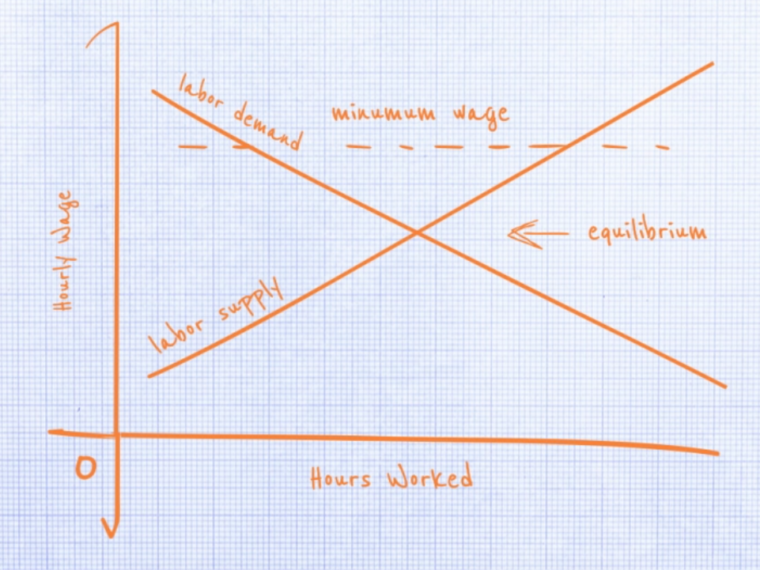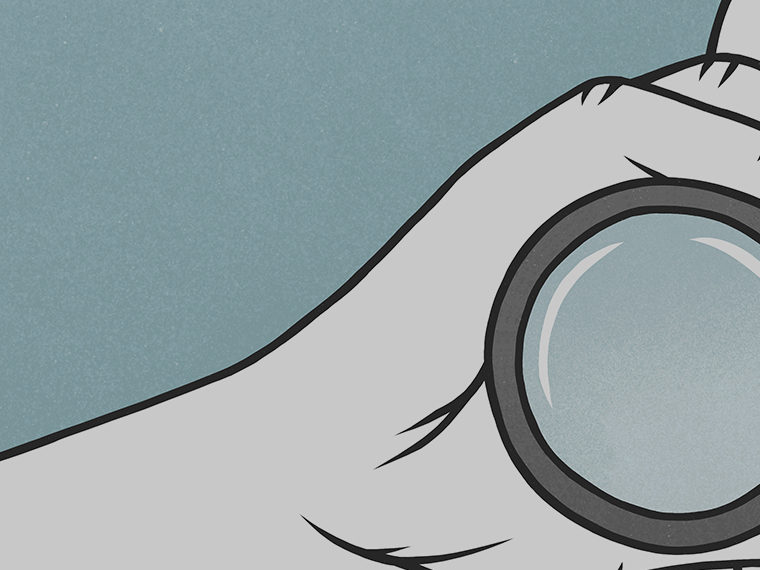Prerequisites are valued poorly in a series of six experiments
Exercise goals are common New Year’s resolutions, often paired with diets meant to facilitate the workouts. But designating the diet as simply a means to achieving that 24-minute 5K may be counterproductive. A study finds that people invest less time and money in goals they consider prerequisites to other objectives.
In a paper published in the Journal of Personality and Social Psychology, UCLA Anderson’s Franklin Shaddy and University of Chicago’s Ayelet Fishbach illustrate preferences for investing directly in goals, rather than in means to goals.
In six experiments, participants consistently valued products and achievements as less worthy of their resources when described as supportive steps to another goal, even when they were absolutely necessary to reach that ultimate goal.
Opt In to the Review Monthly Email Update.
The studies have implications for a variety of goal-setters, including those who need the participation of others to succeed. Retailers, social advocates and policymakers, for example, must convince customers or the public to help reach goals, whether those are hitting sales targets or lowering student dropout rates. Designating a product or achievement as subservient to a broader objective, even subtly, appears to denigrate its worthiness in the eyes of the pursuer. The findings suggest that manipulating these perceptions in small ways can change the chances the ultimate goal will be achieved.
The Value of a Knife
Many common goals cannot be pursued directly. “Losing weight” is an abstract goal that gives purpose to taking on diet and exercise regimens. Similarly, “earning a college degree” is the result of applying to the school, enrolling in the right classes, funding tuition and successfully completing courses in the required order.
For research purposes, Shaddy and Fishbach looked at goals that require individuals to invest directly in the goal itself, as well as in achievements that move them toward the goal. For example, the goal of passing an upper level finance class requires buying its textbooks, traveling to the class and studying for it. But before making those direct investments, the student must invest indirectly in the goal by doing the same for math and other prerequisite classes. The series of experiments shows participants raising or lowering their investments of time and money based on where the goal fell in the hierarchy of the ultimate objective.
One experiment suggested that promoting a product as a complementary item to another “targeted” purchase reduces the amount that consumers will pay for it. The researchers told one group of participants that the study would gauge consumer demand for an 8-inch chef’s knife displaying a retail value of $39.99 by soliciting their bids in an auction. Because a cutting board is needed for using a knife, the researchers added, they were also auctioning a walnut cutting board, valued at $39.99, as well.
The participants bid an average of $17.17 for the knife and $14.43 for the cutting board.
The researchers flipped the scenario for a second group, presenting the auction as a test of demand for the cutting board, with a subsequent auction for a chef’s knife that’s useful with a board. This group came up with a very close difference in price between the knife and the cutting board — but this time they deemed the cutting board the more valuable item.
Another study found a preference for investing directly in goals so strong that it led to an absurd valuation. When presented with a book autographed by its Nobel Prize-winning author, one group of participants bid an average $23.38. A second group, offered a university tote bag containing the same book, bid barely half as much. Strictly speaking, the researchers note, the combo buyers appeared to value the tote bag at a negative $11.20.
Similar results arose when time, rather than money, was the necessary resource. Participants spent less time diet-planning when it was presented as a means to achieving an exercise goal but devoted roughly equal time to both without the association.
In an experiment involving the reading of two articles, participants spent less time reading an article on heroin addiction when told it was a precursor to understanding another article about life expectancy. A control group spent the same amount of time overall on the two articles but gave more time to the heroin article.
As a caveat to their findings, Shaddy and Fishbach note that participants were rarely asked to value a means investment and a direct-to-goal investment side-by-side, and that such direct comparisons could have led to different results. For example, participants could have readily seen that a book/tote combo was worth at least as much as the book alone if both options had been presented.
But the authors note that in real life, goal setters can’t typically consider all resource application scenarios in this manner. “You never see Amazon say you can buy this book (the goal) for $10 with $0 shipping (the means) or the same book for $5 with $5 shipping,” Shaddy explains.
Free Shipping’s Allure
Many real-world marketing schemes fall naturally into the goal hierarchies described in the studies, even though they are not conspicuously presented as goals. The findings suggest that some common designs may be counterproductive.
For example, offering free goods with purchases can reduce perceived value of the product when getting those extras becomes the goal itself, Shaddy explains. Consider infomercials that throw in an extra product (or three) for customers that pay shipping and handling costs. These shipping and handling charges represent costs associated with means, not goals. “So this deal is probably not that effective,” he says.
By the same token, customers may welcome a deal that made the means (the shipping) free, and this offer should not raise doubts about the key product’s value. “The allure of free shipping is not just its monetary value,” Shaddy says. “It’s also the psychological value of not having to incur a cost associated with a means.”
For any organization hoping to sway public opinion or actions, the research suggests a need for careful framing of the goal. Public health and education advocates, for example, might get better reception to exercise and reading goals if those activities are pitched as intrinsically enjoyable, rather than as paths to better health and jobs.
Because eliminating preliminary costs made participants happier than reducing direct goal costs, offering more support early in the process may improve success rates. College scholarships for upperclassmen may be less helpful for improving graduation rates than reducing the preliminary costs that freshmen bear, for example.
People generally understand that many goals require other achievements first. But finding ways to celebrate the rewards of these achievements in their own right may make successfully completing life’s bigger goals just a little easier.
Featured Faculty
-
Franklin Shaddy
Assistant Professor of Marketing and Behavioral Decision Making
About the Research
Shaddy, F., & Fishbach, A. (2018). Eyes on the prize: The preference to invest resources in goals over means. Journal of Personality and Social Psychology, 115(4), 624–637. doi: 10.1037/pspa0000127






